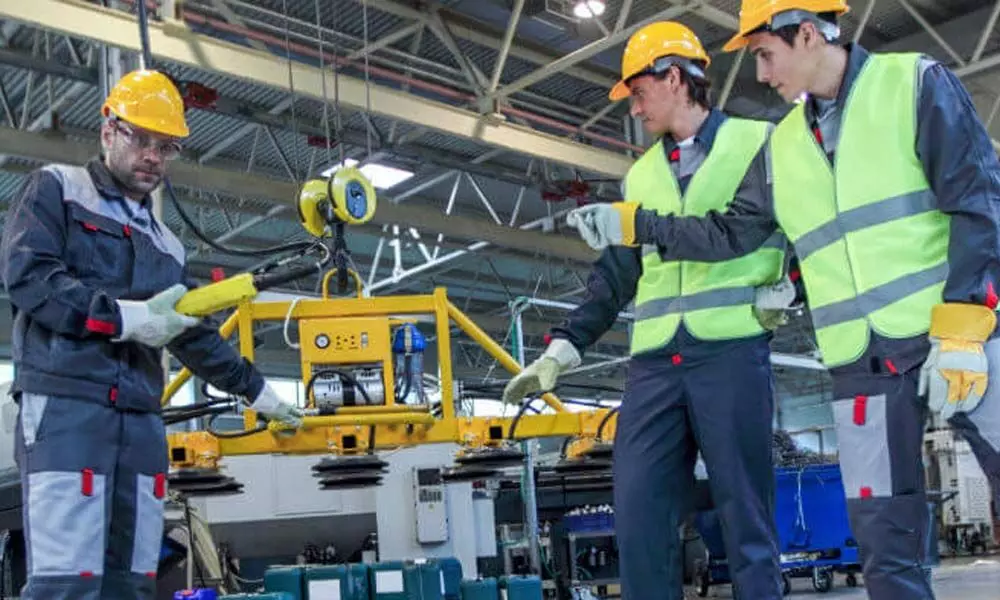Make industrial safety a top priority

Make industrial safety a top priority
Alarmed over the dwindling safety forms in the country, several trade union leaders recently called for urgent action by the Government of India to improve occupational health and safety
Alarmed over the dwindling safety forms in the country, several trade union leaders recently called for urgent action by the Government of India to improve occupational health and safety. In as many as 116 industrial accidents in chemical and mining industries across the country, around 230 workers lost lives between May 2020 and June 2021.
In fact, since the resumption of industrial activities after the Covid-19 lockdown measures in May 2020, India witnessed a series of industrial accidents. From May to December 2020, around 64 accidents were reported wherein 118 workers were killed and several hundreds were injured. From January to June 2021 over 117 workers were killed and about 142 workers were injured in about 52 industrial accidents that happened in mining and chemical industries. These statistics are merely indicative of the grave situation as they are based on compilation of mainstream media reports and accidents reported by trade union affiliates. The real number may be much higher.
A large number of workers also died due to Covid 19, some of them contracting infection at their workplaces. So far in about 30 industrial establishments, 1,857 workers lost their lives to Covid in the manufacturing sector, both public and private. While untrained and contract workers add to the woes, poor safety inspection system, weak implementation of safety protocol and safety awareness, inadequate risk assessment and response; negligence; breakdown of the emergency response procedures have all exacerbated the impact of accidents.
Industrial accidents in India are a serious concern; however, they are highly under-reported, and their coverage is also incomplete. All aspects of safety, including materials, tools, equipment, work environment, job and task procedures, and all stakeholders (government, employers and workers) must create a foolproof system of multiple layers of prevention. But, this is not the case.
One would expect existing laws framed over a period of 100 years will enable plant safety and bring reassurance among workers. However, we are still in a worrisome situation concerning human and animal life, environmental repercussions, and property damage. The National Disaster Management Authority (NDMA) website has published that 130 significant industrial accidents took place recently in India, claiming 259 lives and debilitating 560 people around the plant area (it does not specify any timeline, of course).
The Centre should form an expert commission to analyse the industrial accidents and identify the root causes and errors committed so as to protect the safety of workers and immediately address the safety crisis. The recently passed Occupational Health, Safety & Working Conditions Code, 2019 falls short of addressing trade unions' concerns. It has limited and confined coverage and leaves out a vast section of working people, including precarious workers. They must work with unions to devise policies and strengthen the existing laws/directives to ensure health and safety of the workers. But, concerned as it is with privatisation and changing labour laws, the government may care little for the lives of the workers.















